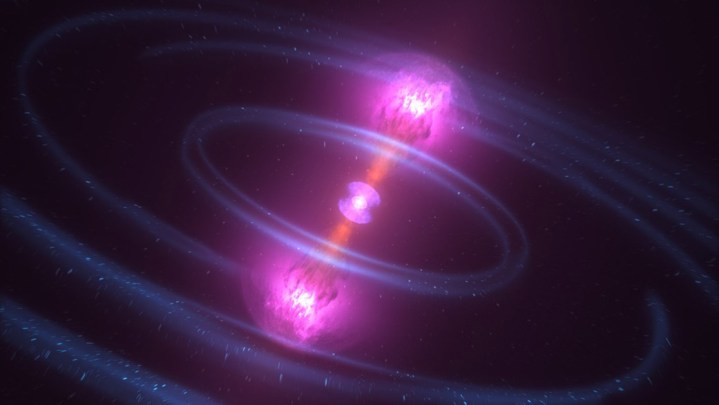
Huge, expensive space missions like crewed exploration or complex rovers sent to other planets aren’t the only way to discover more about the universe. NASA could soon be launching four new small-scale astrophysics projects which aim to unpick the mysteries of the cosmos on a relatively tiny budget, using small satellites and science balloons.
The four missions, chosen under the Pioneers program, are capped at a cost of $20 million each — a fraction of the billions spent on cutting-edge projects like the James Webb Space Telescope. They will answer questions in astrophysics like how our galaxy evolved and how to spot habitable exoplanets.
“The principal investigators of these concept studies bring innovative, out-of-the-box thinking to the problem of how to do high-impact astrophysics experiments on a small budget,” said Thomas H. Zurbuchen, associate administrator of NASA’s Science Mission Directorate, in a statement. “Each of the proposed experiments would do something no other NASA telescope or mission can do, filling important gaps in our understanding of the universe as a whole.”
The Aspera mission will be a SmallSat observing in the ultraviolet wavelength to see how hot gases flow in the space between galaxies. Pandora, another SmallSat mission, will study 39 exoplanets in orbit around 20 stars to see how changes in starlight affect the observation of exoplanets, which will help to identify habitable exoplanets in the future. StarBurst is also a SmallSat which will search for gamma rays coming from neutron stars, which are currently rarely identified but could be found at a rate of up to 10 per year.
Finally, PUEO will be a science balloon launched from Antarctica, which will search for ultra-high energy neutrinos. These particles travel across the universe and can be studied to learn about the creation of black holes and the merging of neutron stars.
These proposals were selected from the Pioneers program which invited junior researchers to suggest science that could be performed at a low cost, using recent developments in satellite technology. Now they will be reviewed before being approved and built.
“Through this program designed to attract young professionals, we received two dozen great ideas from a diverse cohort of innovators at universities, research laboratories, and NASA centers,” Paul Hertz, director of NASA’s astrophysics division, said in the statement.
“We don’t know if there is great astrophysics that can be done in a $20 million satellite, but we challenged the community and they sent in a lot of innovative proposals,” Hertz said. “Now, we’re excited to see if they can deliver.”



